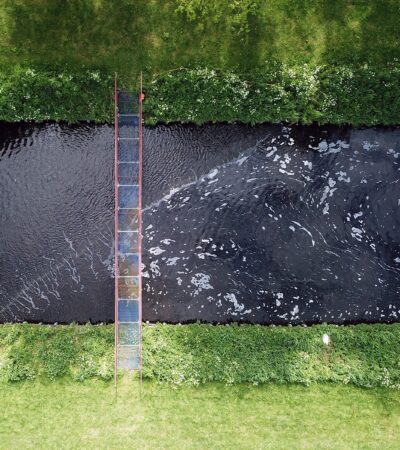New: The Great Bubble Barrier



Climate change will bring more frequent dry spells and more salt water will end up in fresh water. That will make it increasingly difficult to supply a large city like Amsterdam with enough drinking water.
In order to prepare Amsterdam and other cities for such dry periods, the researchers and students from AMS Institute working on the AquaConnect Demonstrator experiment pursue new ways to obtain water for trees, plants, parks and other green areas in the city.
The experiment takes alternative sources of water, like rain water or sewage water, and investigates how this water can be stored and reused.
‘To maintain parks and green areas during dry spells, cities need to develop decentralised, circular water systems’
The AquaConnect Demonstrator experiment aims to use water from Amsterdam sewers to water the city’s plants and trees. If there is no rain, sewer water is a good constant source of water. It does need to be cleaned thoroughly before it can be used — when treatment is successful, the water can then be tested to determine whether it can be used for growing food in the city.
Constructing the Demonstrator at the Marineterrein enables the researchers to gain experience designing and applying these innovations in the city.
A special technique called nanofiltration is used to remove water from the sewer. How much clean water this will produce within a given amount of time is then calculated as is the amount of water needed. It can then be decided what to do with the remaining wastewater (concentrate or salt water). Finally, the strengths and weaknesses of this system can be evaluated to determine whether it is viable.
The plan is to build a semi-mobile test set-up at the naval yard that may also be used elsewhere, for example in Oosterpark and Vondelpark. The experiment will also help researchers to create a computer model that will be able to demonstrate what will happen if this system is used in the future.
These companies and organizations are involved in this experiment